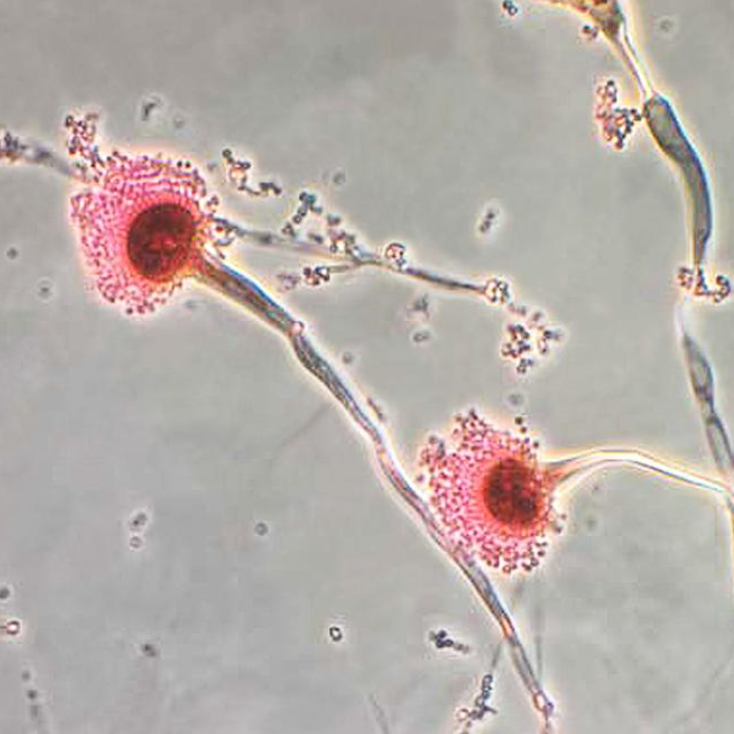Overview
Mold is a type of fungus that can produce spores which are released into the air. Mold can be found everywhere and can be detected year-round, both indoors and outdoors. Persistent warm and humid conditions promote mold growth. Exposure to damp and moldy environments may cause a variety of health effects, or none at all. For people who are sensitive to mold, exposure can cause nasal stuffiness, throat irritation, coughing or wheezing, eye irritation, and in some cases, skin irritation.
No matter what type of mold is present it should be removed.
Please refer to the UC Berkeley Mold Awareness and Guidance Program below.
UC Berkeley Mold Awareness and Guidance
The UC Berkeley Mold Awareness and Guidance Program provides information on mold and its health effects, the roles and responsibilities of UC Berkeley employees regarding mold, guidelines for mold prevention and cleanup, the University's mold policy, and instructions on how to report mold.
All faculty, staff, students, visitors, and contractors must comply with the requirements of this program as it ensures their safety by:
-
Establishing safe work practices and guidelines for everyone who handles or works in environments with potential mold exposure as part of their regular job or research activities.
-
Establishing a process for evaluating the hazards of mold exposure and for determining appropriate hazard controls.


